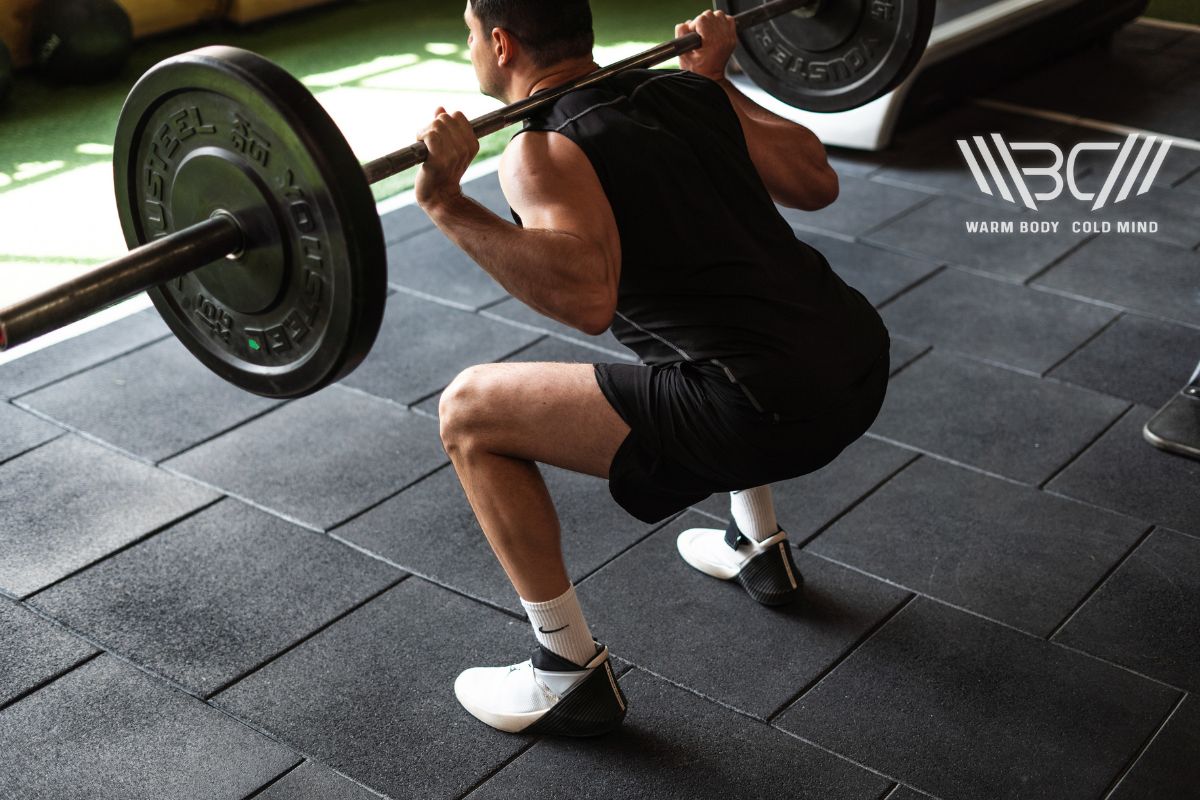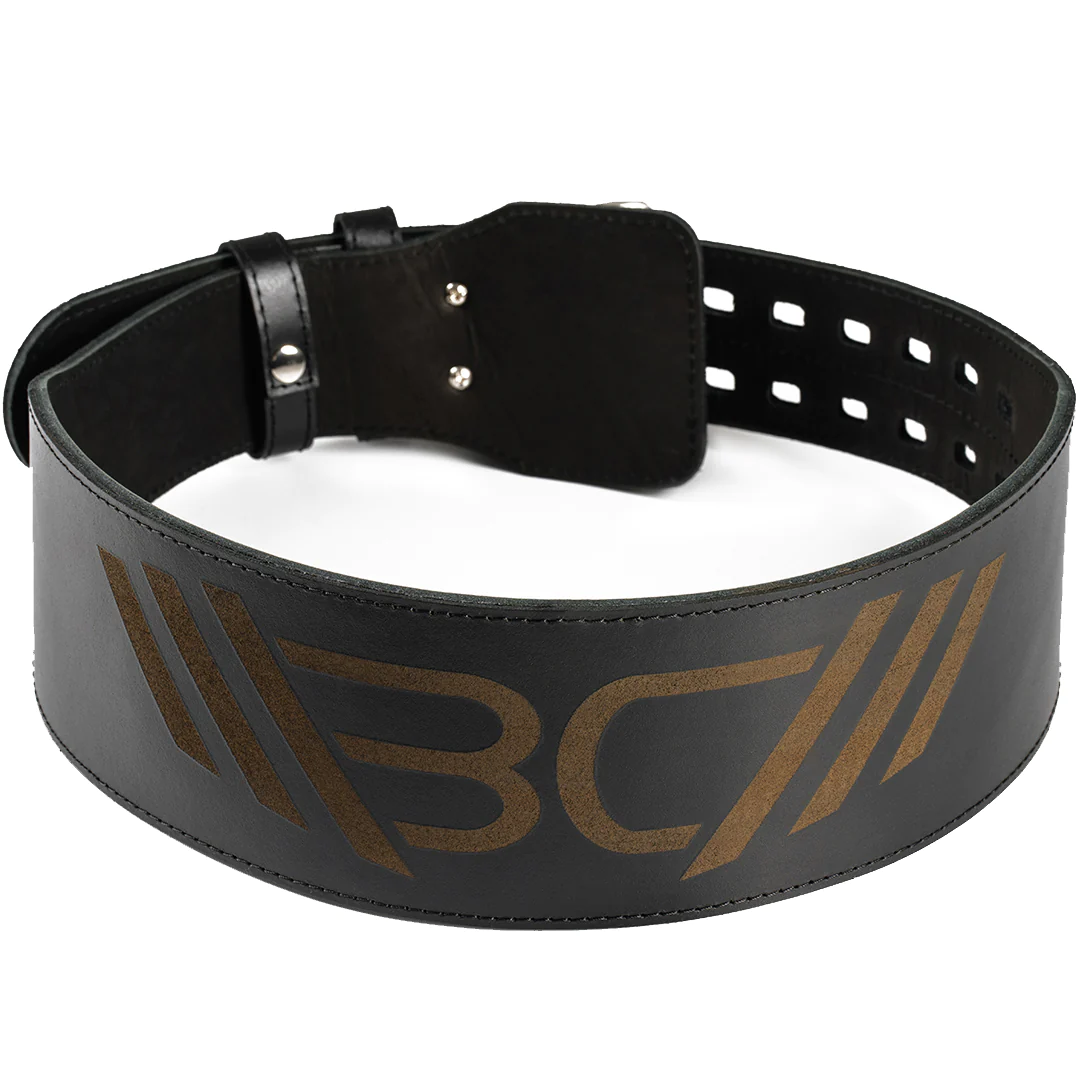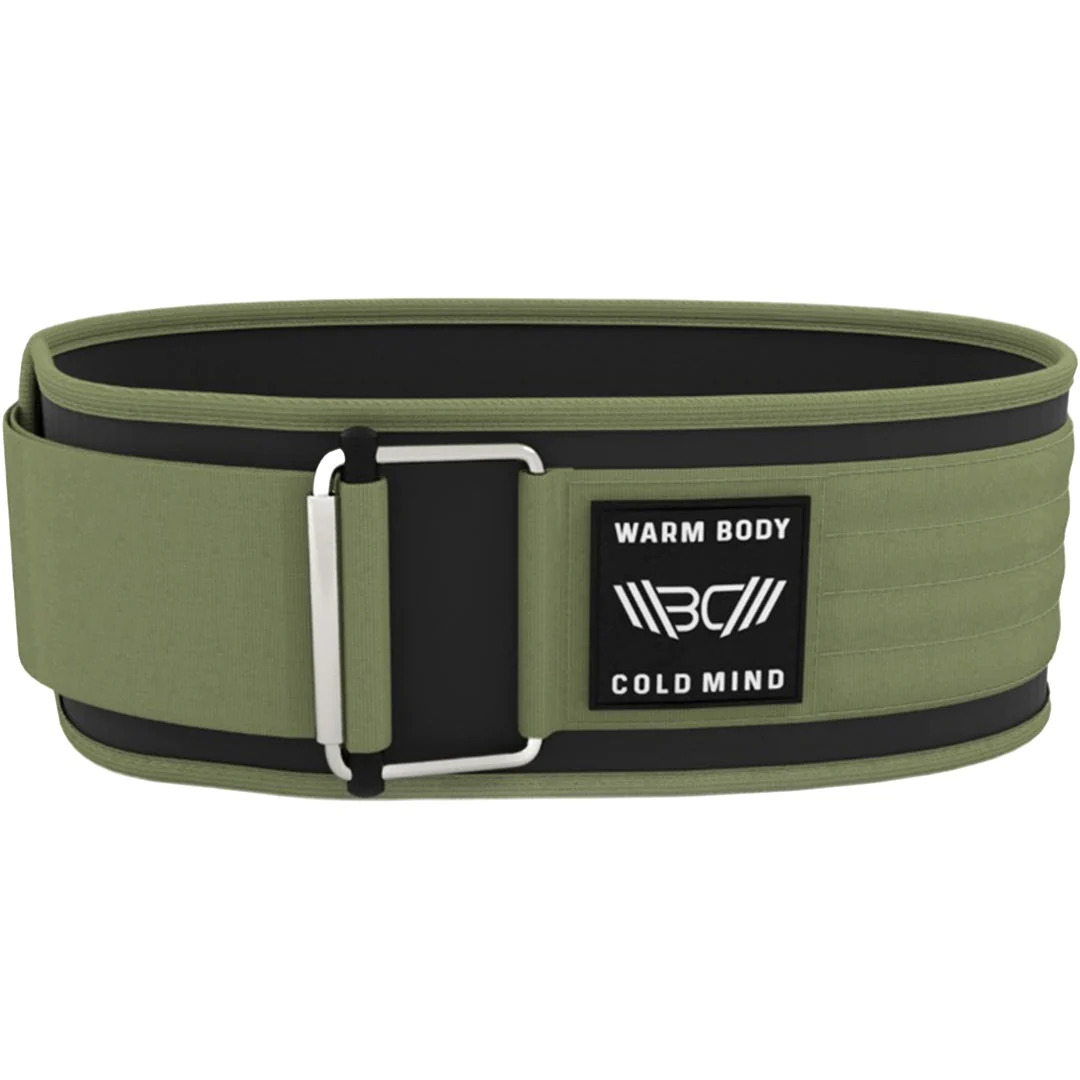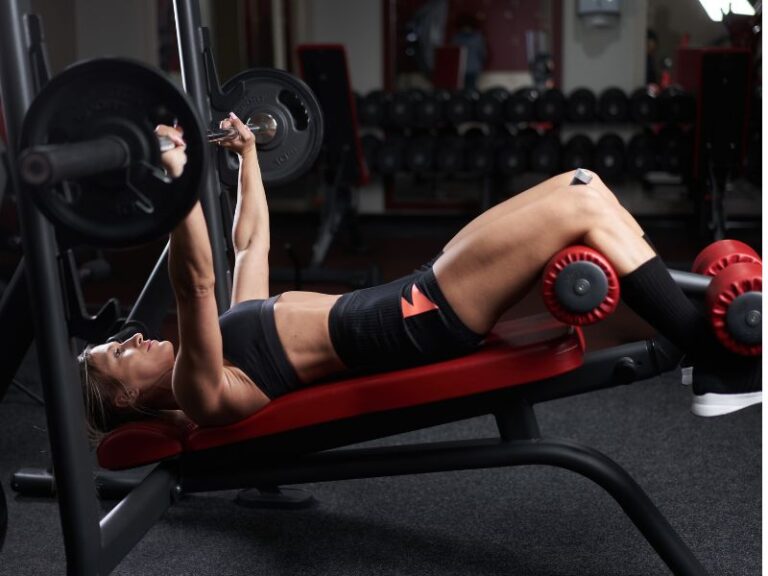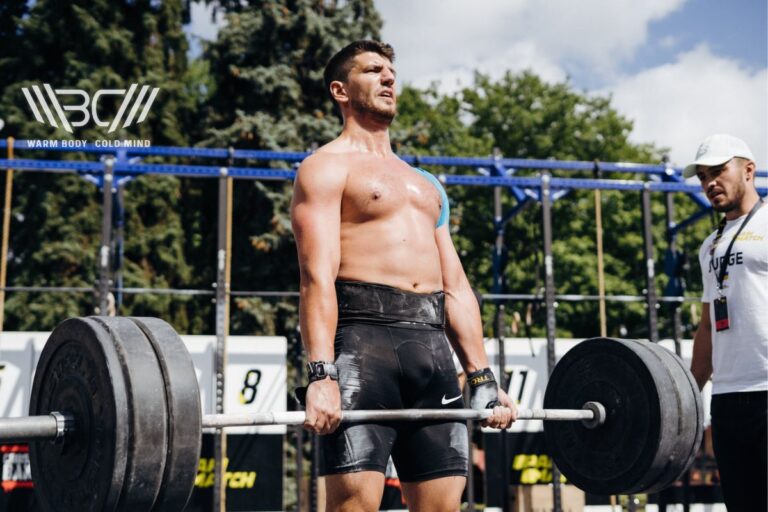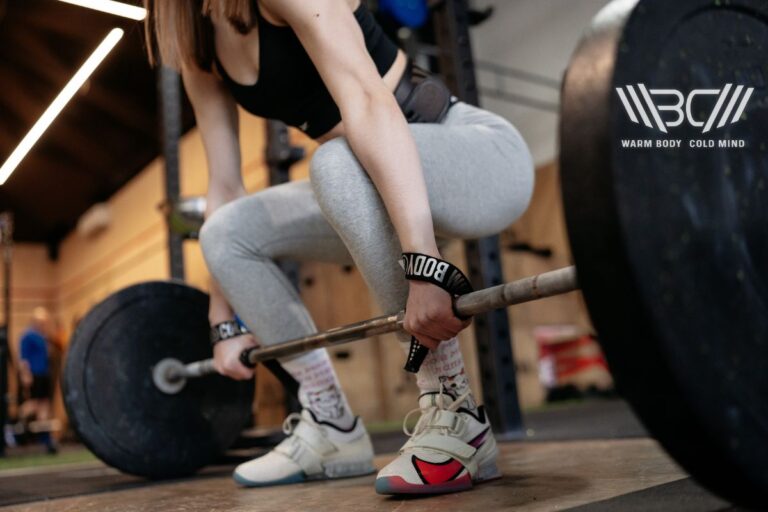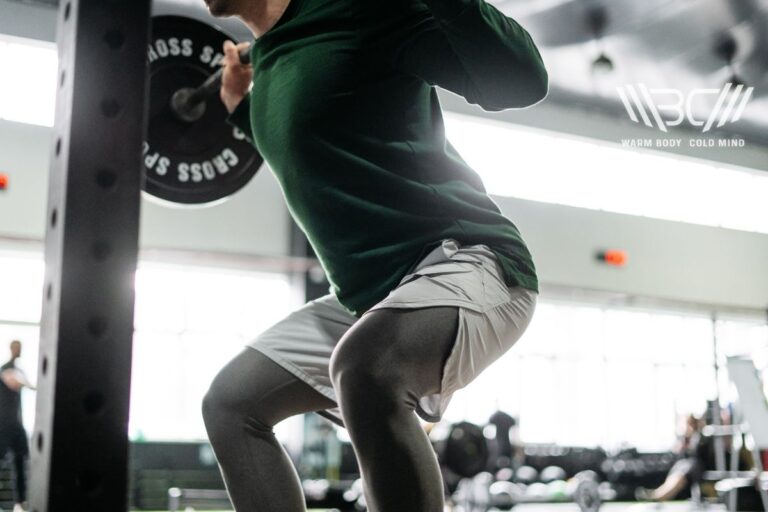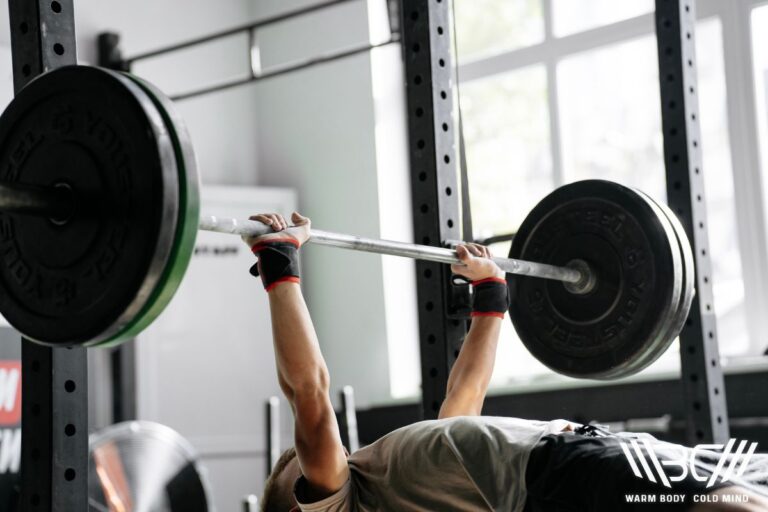Squatting with Long Femurs: 4 Tips for a Proper Squat
Reviewed by Jacek Szymanowski
Ah, long femurs, the bane of your squatting existence. Squats are challenging to do on their own so when you feel like you’re battling both the weights and your body, it can seem like a thankless job. But before you give squats up, take a few moments to learn all about squatting with long femurs! That’s right, you read correctly – it can be done and you can reap all the benefits squats have, regardless of how long your femurs are.
Picture yourself confidently striding up to the squat rack, your form is impeccable, your movements are fluid and you’re squatting without problems. That’s not a distant dream, it can be done. With a tweak here and there, you’ll be squatting comfortably in no time.
Let’s go see how to squat with long femurs!
How do I optimize squatting with long femurs? – Your focus should be form and mobility. Start with a wider stance with your feet straight or turned slightly out. Keep your spine neutral, engage the core, and begin by hinging at the hips. Go for a comfortable depth and do some mobility exercises.
How to Tell if You Have Long Femurs?
So, how to tell if you have long femurs? The first thing to do is to actually check, or rather define, what is considered a long femur. Generally speaking, a long femur means that the femur length is greater than what is typical for a person’s height.
Now, if you’re asking yourself, “Do I have long femurs?” you’ll be happy to know that there’s an easy way to check. This is a relatively simple process. Stand upright and look at the proportions of your body.
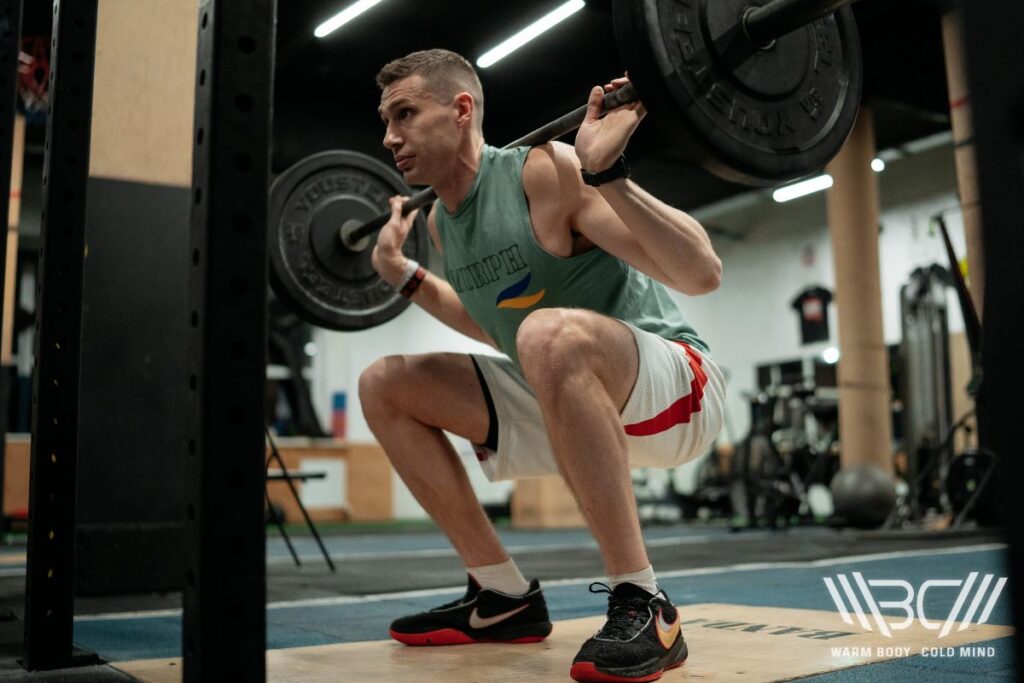
Do your legs seem like they’re really, really long when you compare them to your torso? If your answer is yes – then your femurs are probably long. Congrats, you can be a model, but squats might cause some issues for you if you don’t know how to adjust them for your body type.
Other than eyeballing it (not that there’s anything wrong with it), there are also ways of getting more accurate information, like checking the femur-to-tibia ratio. This compares the length of your femur to that of your tibia. A higher ratio suggests longer femurs relative to your tibiae. Since this affects your biomechanics during squats, it’s pretty important information.
There’s also the option of a professional scan, like an X-ray or a more detailed DEXA scan, and a visit to a physiotherapist. These methods will give you precise measurements so you’ll be able to adjust your exercises better, which means less discomfort and better performance.
But it’s not all bad – long femurs can be useful. What are long femurs good for, you ask? A bunch of stuff! They can give you leverage in some lifts, you could run faster because of a longer stride, and let’s be honest – there’s the aesthetic appeal.
Femur Length and Squat Performance
Squatting with long legs can be hard, but it doesn’t have to be. When you understand the relationship between the length of your femurs and your squat performance, you can make certain adjustments to improve your performance. Femur length can have a really big impact on your hip and knee angles during squats and it can influence the squat depth you can achieve.
The depth, of course, involves many other factors, but femur length is still one of them and if you want your lifting technique to be the best it can be, you should educate yourself on this subject.

1. Hip and Knee Angles
Longer femurs can alter the angles of your hips and knees during squats, so if your femurs are long, you may need to lean forward more to keep your balance, which leads to changes in the angles at which your hips and knees bend. The problem with this is that it can shift the distribution of forces throughout your body and it can have a big impact on your performance.
This means that your exercise will be effective, but the mechanics need adjusting. Typically, squatting with long femurs involves greater hip flexion and reduced knee flexion compared to someone with shorter femurs. Because of the altered angles, there’s usually less force exerted on the knees for people with long femurs (good news, right?), which could mean less knee strain.
However, there’s a flip side to this, which is that this adjustment places more force on the lower back. Before you handle this increased load, make sure your lower back is strong and well-conditioned to avoid injuries.
2. Squat Depth – Not Only About Femur Length
It’s all about getting to that perfect depth in squats, and long femurs can make that really hard. But keep in mind that the depth is influenced by a bunch of other factors, as well, it’s not just your femurs that can cause an issue.
The mobility of your hips and ankles are paramount because they decide whether you can lower yourself into a squat comfortably or not. Apart from this, the lengths and rotations of your upper and lower legs also contribute to your squatting capability.
Proper technique and form are extremely important to maximizing squat depth and ensuring you can safely (and effectively!) do the movement without injuring your joints and muscles. So, the length of your femurs is an important consideration, but when it comes to depth, there are many other things to think about.
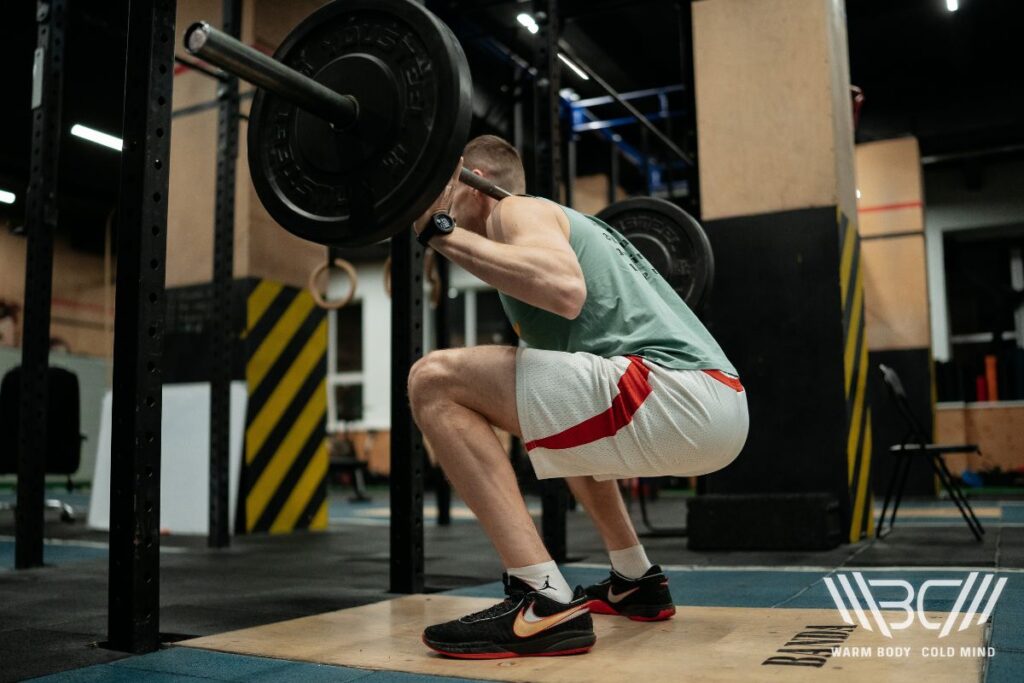
How to Squat With Long Femurs?
If you have the right approach and you understand the biomechanics, you won’t encounter any obstacles that are related strictly to long femurs and you’ll squat just like anyone else would. so let’s see what tweaks you can do to make squats for tall people easier.
1. Foot Placement and Stance Width
The whole point is to make squats work for your body, so you’ll need to experiment a bit. Try out a few different stance widths and place your feet in several ways to see what’s comfortable. A wider stance can often give you more stability and allow for a more natural range of motion.
Position your feet slightly wider than shoulder-width apart and keep them straight or point them out a little to accommodate the length of your femurs if that is what you need (snowflake hip ;-)). This will give you a broader base, distribute the load more evenly, and it will reduce the stress on your knees and lower back.
2. Barbell Position Options – High vs. Low
If you have long femurs, you know it can be difficult to keep your torso upright, especially with a high-bar squatting technique where the bar rests higher on your traps. This is why you need to switch it up when it comes to how you place the barbell.
Try using a low-bar technique – rest your bar lower on your upper back to help mitigate this tendency to lean forward and provide better leverage during the lift. Try both positions out and then choose the one that feels more comfortable and doesn’t mess with your form.
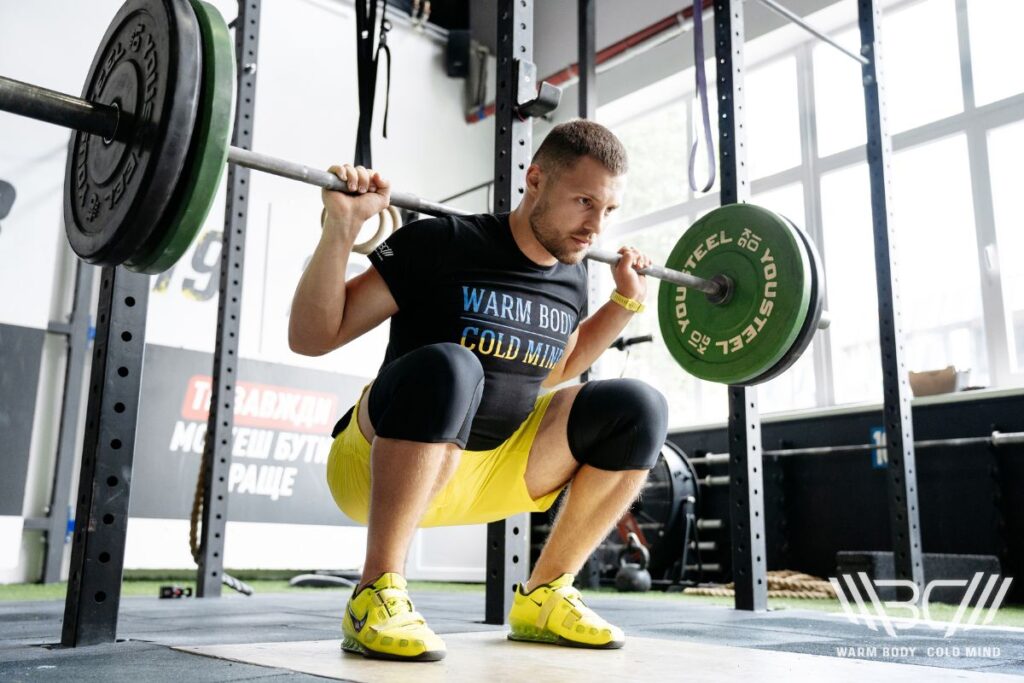
3. Importance of Lower Back and Core Strength
Proper form makes the exercise safe and effective, which means you need to do exercises that will support proper form. When talking about squats in particular, you should take some time to strengthen your core and lower back and the best exercises to do that are deadlifts, Romanian deadlifts, hyperextensions, Farmer’s Carries and more.
Make sure to keep your spine neutral throughout any of these movements to build stability and strength in your lower back and core. A strong core will help you keep your torso neutral during squats and it can prevent you from bending your spine. For added safety, we would advise using a leather weightlifting belt, especially if you’re looking to improve your form/technique, or are planning to lift heavy.

Enhance your strength training with Warm Body Cold Mind leather weightlifting belt providing exceptional support and durability.
4. Importance of Mobility and Range of Motion
Make mobility exercises your new besties because they will help you improve the flexibility and range of motion in the hips, ankles, and thoracic spine. This is important for everyone, but especially for those with long femurs because they usually struggle with depth and improving mobility can make a world of difference.
Do dynamic stretches, foam rolling, and mobility drills during warm-up to loosen tight muscles and joints. Pay special attention to ankle dorsiflexion and hip flexion mobility because these are super important for getting the right depth in squats.
If you decide to improve safety and opt for a belt, a nylon weightlifting belt might be the best choice when it comes to mobility/range of motion due to the added flexibility and lightness compared to a rigid/stiff leather belt.

Discover the strength of the Warm Body Cold Mind nylon lifting belt. Lightweight and durable, it provides optimal support for your workouts.
Equipment Considerations
You can have the best technique and everything can be optimized to work with your body type, but if you don’t have the right equipment, you’re setting yourself up for disaster. Luckily, you won’t have that problem because we’ve prepared a list of equipment you need to take your workouts to the next level.

Pro Tip:
1. Weightlifting Shoes
Everyone who loves squatting should try weightlifting shoes because they give you support and stability. They usually have a raised heel, which reduces demands for ankle mobility and makes it easier to keep your torso upright during squats – both of these features are extremely important for people with long femurs.
2. SSB Squat
The SSB is a specialized piece of equipment that changes the weight distribution during squats and makes it similar to a front squat by promoting a more upright torso. This design is really good for people with long femurs who might find it hard to keep their position upright during traditional squats.
The SSB allows you to keep the bar on your back while needing less shoulder mobility and redistributing the weight to your hips and lower back. If a traditional barbell makes squatting difficult for you, the SSB is worth a try.
Subscribe!
Get useful tips, expert insights, and in-depth analysis of training programs & nutrition plans to get the most out of your performance.
3. Plates Under Heels
You can try placing small plates under your heels to improve ankle mobility and allow for a deeper squat position, especially if you have limited dorsiflexion. This elevation will increase the length of your lower leg in relation to your femur by elevating your heels, altering the femur-to-tibia ratio and decreasing the demand on ankle flexibility.
Your heels being elevated will give you a way to achieve a more upright torso position and keep your form proper. However, you need to be careful and start with a small elevation and then gradually increase the height to avoid putting too much strain on your ankles and knees.

Pro Tip:
Quality Over Quantity
You want to lift heavier weights, do more reps, and get the results you’re after faster, so it makes sense that that’s what you want to focus on. That isn’t the best approach, though, because your priority should be quality, not quantity.
And this goes for everyone, not just for people with long femurs, but if your femurs are long compared to the rest of your body, then you’ll face challenges other people may not and you’ll probably be able to do less squats.
So proper form becomes even more important; every movement needs to be done with precision and control – this will reduce the chance of injury and it will make the squat effective.
If you struggle with maintaining proper form, that’s okay, a lot of people do. But instead of forcing yourself to lift really heavy weights and do a ton of reps, start with lighter weights, and take the time to actually learn how to squat correctly.
And let’s not forget that progressive overload is the key to success, so not only will this approach give you the time to learn, but if you up the weight bit by bit, you’ll keep your muscles constantly challenged and you’ll see results instead of hitting plateaus. Remember that progress is not measured only by the number on the barbell but by the integrity of the movements and mastering the technique.
Conclusion
Long femurs don’t mean you can’t squat; it’s just a matter of making the exercise work with your body type. Femurs, schmemurs, everybody can squat! Don’t let your long femur prevent you from doing any exercise you want to do, squats or any other. You’re now educated on all things that have to do with long femur squat – from learning how to tell if you have long femurs to what tweaks to make and what equipment you should use.
Just don’t push your limits too far and remember to always make your form a priority. And don’t be afraid to experiment! If you need to point your feet a certain way to be able to squat, that’s fine. No position works for everyone.
We’d really like to hear your experience with this! What do you do to make squats work with long femurs? How do you incorporate mobility exercises into your routine? What’s the best advice you would give to someone who is having a hard time squatting due to long femur? What do you think is the biggest difference between a long femur vs short femur squat?
Drop a comment and then go do some squats!
References:
- Aaron Michael Pangan, Matthew Leineweber “Footwear and Elevated Heel Influence on Barbell Back Squat: A Review,” Journal of Biomechanical Engineering 143, no. 9 (2021): 090801.
- Brad J. Schoenfeld “”Squatting Kinematics and Kinetics and Their Application to Exercise Performance.” Journal of Strength and Conditioning Research 24, no. 12 (2010): 3497-3506.
- Daniel M. Cooke, Michael H. Haischer, Joseph P. Carzoli, Caleb D. Bazyler, Trevor K. Johnson, Robert Varieur, Robert F. Zoeller, Michael Whitehurst, Michael C. Zourdos, “Body Mass and Femur Length Are Inversely Related to Repetitions Performed in the Back Squat in Well-Trained Lifters,” Journal of Strength and Conditioning Research 33, no. 3 (2019): 890-895.
- Gerrit Stassen, Lukas Baulig, Ole Müller, Andrea Schaller “Attention to Progression Principles and Variables of Exercise Prescription in Workplace-Related Resistance Training Interventions: A Systematic Review of Controlled Trials,” Frontiers in Public Health, March 25, 2022, Sec. Occupational Health and Safety, Volume 10 – 2022.
- Health Promotion Board (HPB) “Prevent Injuries with Proper Form During Workouts,” Singapore University Health Center, https://www.nus.edu.sg/uhc/articles/details/prevent-injuries-with-proper-form-during-workouts (accessed April 10th, 2024).
- All photos are made by WBCM Media team.
Author: Sergii Putsov
PhD in Sport Science, Olympic weightlifting, Strength & Conditioning coach and fitness expert
Sergii Putsov is a professional weightlifter with over 20 years of experience and multiple national medals. He was a member of the National weightlifting team, competing in the 94 kg weight class. Sergii holds a master’s degree in Olympic & Professional Sport Training and a Ph.D. in Sport Science. After his athletic career, Sergii transitioned into coaching and is now responsible for designing training programs, writing blog articles, providing live commentary for international weightlifting competitions, and hosting sport and fitness seminars worldwide.
Reviewed by: Jacek Szymanowski
Performance architect, S&C movement specialist.
Jacek Szymanowski is a highly respected sports nutrition expert with a Master’s degree in Biotechnology. His innovative approach combines lifting and fighting strategies to help athletes optimize their performance. As a Strength and Conditioning Movement Specialist, he is dedicated to reducing injuries in athletes. His specialist training in Nutrition for Athletes equips him to provide expert advice on dietary habits and nutrition for peak performance.

